Home>Furniture>Outdoor Furniture>How To Build A Gable Roof Patio Cover
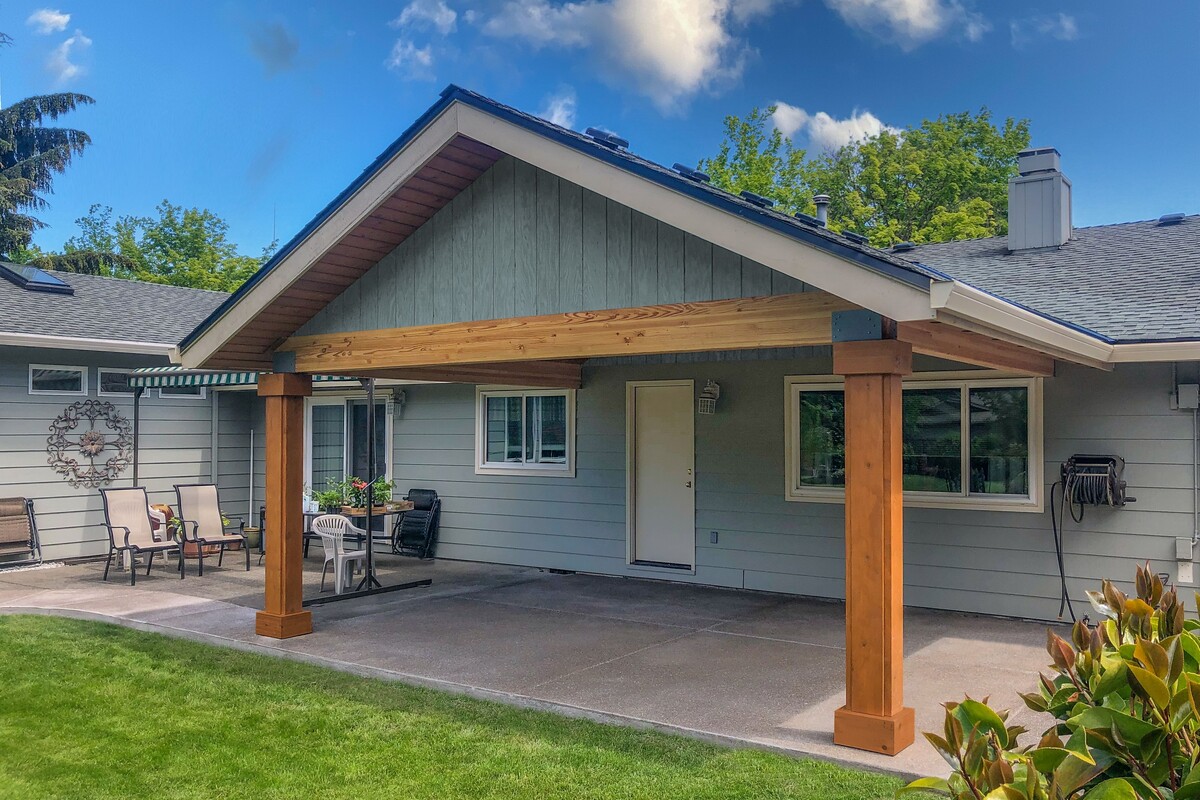

Outdoor Furniture
How To Build A Gable Roof Patio Cover
Modified: May 6, 2024
Learn how to build a stunning gable roof patio cover for your outdoor furniture. Enhance your outdoor space with this DIY project.
(Many of the links in this article redirect to a specific reviewed product. Your purchase of these products through affiliate links helps to generate commission for Storables.com, at no extra cost. Learn more)
Introduction
Welcome to our comprehensive guide on how to build a gable roof patio cover. A gable roof patio cover is a popular addition to outdoor spaces as it provides both aesthetic appeal and functional benefits. Whether you want to create a shaded area for outdoor dining or protect your furniture from the elements, building a gable roof patio cover is an excellent project to undertake.
In this guide, we will take you through the step-by-step process of planning, designing, and constructing a gable roof patio cover that will enhance the beauty and functionality of your outdoor living space. Whether you are an experienced DIY enthusiast or a newcomer to home improvement projects, we have you covered with all the information you need to successfully complete this project.
Before we begin, it’s important to note that building a gable roof patio cover requires a certain level of skill and knowledge. If you are not comfortable with handling power tools or working at heights, it is advisable to hire a professional contractor who can assist you with the project. Safety should always be your top priority when undertaking any construction project.
Now, let’s dive into the exciting world of building a gable roof patio cover and create the perfect outdoor oasis for you and your loved ones to enjoy!
Key Takeaways:
- Planning and designing your gable roof patio cover is crucial for a successful project. Consider the purpose, materials, and permits needed to create a functional and beautiful outdoor addition.
- Building a gable roof patio cover requires careful preparation, precise construction, and thoughtful finishing touches. With the right materials and tools, you can create a durable and inviting outdoor space.
Read more: How To Build A Gable Roof Over A Patio
Step 1: Planning and Designing
Before jumping into the construction process, it is crucial to spend adequate time planning and designing your gable roof patio cover. This step will help you envision the end result, determine the materials and tools needed, and ensure that the structure blends seamlessly with your outdoor space.
Start by assessing the available area where you want to build your patio cover. Measure the dimensions and consider the orientation and any existing structures or features that may impact the design. Take into account factors such as sunlight exposure, wind direction, and any potential obstacles.
Next, decide on the purpose of your patio cover. Do you want it to primarily provide shade? Or are you looking for a cover that also protects you from rain? Understanding your goals will help you determine the size and materials needed for the project.
Once you have a clear idea of the overall design and functionality, create a detailed plan or blueprint. This can be a simple sketch or a more elaborate drawing using design software. Include measurements, desired roof pitch, and any additional features you want to incorporate, such as lighting or ceiling fans.
Consider obtaining any necessary permits or approvals from your local building authority. It is important to ensure that your project complies with building codes and regulations. Consulting with a professional architect or contractor can provide valuable insights and guidance during this phase.
Finally, think about the materials you want to use for your gable roof patio cover. Options include wood, metal, or a combination of both. Each material has its own benefits and considerations, such as durability, maintenance requirements, and aesthetic appeal. Research different options and choose the one that best suits your preferences and budget.
Taking the time to meticulously plan and design your gable roof patio cover will save you headaches and potential issues later in the construction process. It will also help you create a structure that seamlessly integrates into your outdoor space, providing you with a functional and beautiful addition to your home.
Step 2: Gathering Materials and Tools
Now that you have a solid plan in place, it’s time to gather the necessary materials and tools for building your gable roof patio cover. Having everything you need beforehand will make the construction process smoother and more efficient.
The specific materials you will need depend on the design and size of your patio cover, as well as your chosen building materials. However, here are some common items you will likely require:
- Lumber: Choose high-quality and durable lumber that is suitable for outdoor use. The amount will depend on the size of your patio cover.
- Roofing materials: Options include asphalt shingles, metal roofing, or polycarbonate panels. Consider the climate and aesthetic preferences when selecting the roofing material.
- Fasteners: Nails, screws, and brackets are essential for securing the structure together. Choose corrosion-resistant options for longevity.
- Waterproofing materials: Depending on the roofing material, you may need underlayment or sealant to ensure the patio cover is waterproof.
- Hardware: Hinges, brackets, and other hardware are necessary for attaching the patio cover to existing structures or posts.
- Tools: Common tools include a circular saw, drill, level, measuring tape, hammer, and ladder. Ensure you have the required safety equipment, such as safety glasses and gloves.
Make a list of all the materials and tools needed and gather them before you start the construction process. This will save you time and prevent unnecessary delays.
Additionally, consider renting any specialized tools or equipment that you may not already have in your possession. This could include a power nailer or a chop saw, depending on the complexity of your design.
Lastly, remember to review the manufacturer’s instructions for any specific materials or tools you’re using. This will ensure you have a clear understanding of how to properly handle and install them.
Taking the time to gather all the necessary materials and tools before starting construction will help streamline the process and ensure a successful outcome. With everything in place, you can now move on to the next step: preparing the area for building your gable roof patio cover.
Step 3: Preparing the Area
Before diving into the construction of your gable roof patio cover, it is essential to properly prepare the area where it will be built. Proper preparation ensures a stable and level foundation, which is crucial for the structural integrity of your patio cover.
Start by clearing the area of any vegetation, debris, or obstacles that may interfere with the construction process. This includes removing any grass, rocks, or tree roots that are in the way. Use a shovel and a rake to level the ground, ensuring it is free from any bumps or unevenness.
Next, mark the perimeter of your patio cover on the ground using stakes and string. This will serve as a guide for the layout of the foundation and frame. Ensure that the dimensions and angles align with your original plan and design.
If you plan to attach the patio cover to an existing structure, such as your house or a freestanding wall, you will need to take additional steps to prepare the area. This may involve removing siding or creating a sturdy attachment point for the patio cover.
Now is also the time to consider any necessary utility connections. If you plan to incorporate electrical outlets or lighting into your patio cover, consult with a professional electrician to ensure proper installation and wiring.
Once the area is cleared and marked, it’s time to prepare the foundation. If your patio cover will be attached to an existing structure, you may need to install ledger boards along the attachment point. This provides a solid base for attaching the frame.
If your patio cover will be freestanding, you will need to install posts to support the structure. Dig holes according to your design specifications and pour concrete footings. Ensure that the posts are level and properly aligned, and allow the concrete to cure before proceeding.
Finally, double-check the levelness and alignment of the prepared area before moving on to the next step. It is crucial to start with a solid foundation to ensure the stability and longevity of your gable roof patio cover.
By taking the time to properly prepare the area, you are setting the stage for a successful construction process. With the area cleared and the foundation in place, you are now ready to move on to the exciting step of building the frame for your gable roof patio cover.
Step 4: Laying the Foundation
Once you have prepared the area for your gable roof patio cover, the next step is to lay the foundation. A solid and stable foundation is essential for the structural integrity of your patio cover, ensuring that it can withstand various weather conditions.
If your patio cover is attached to an existing structure, such as your house or a freestanding wall, you will need to install ledger boards. Ledger boards are horizontal support beams that are securely attached to the existing structure, providing a base for the patio cover frame.
Start by measuring and marking the placement of the ledger boards along the attachment point. Use a level to ensure that the ledger boards are perfectly horizontal. Make sure to align the top edge of the ledger boards with the desired height of your patio cover.
Once the ledger boards are in position, use a drill and appropriate screws or bolts to attach them securely. Ensure that the ledger boards are fastened to the studs or structural members of the existing structure. This will provide maximum stability and support for your patio cover.
If your patio cover is freestanding, you will need to install posts to support the structure. The number of posts required will depend on the size and design of your patio cover. Measure and mark the locations for the posts according to your original plan and design.
Dig holes for the posts, ensuring they are deep enough to reach below the frost line in your area. This will prevent the posts from shifting or heaving in freezing temperatures. Fill the holes with concrete, carefully placing the posts in position as you pour the concrete. Use a level to ensure that the posts are perfectly vertical and aligned.
Allow the concrete to cure according to the manufacturer’s instructions. This typically takes a few days. Once the concrete is fully cured, you can proceed to the next step of building the frame for your gable roof patio cover.
During the foundation laying process, it is crucial to check and recheck the levelness and alignment of the ledger boards or posts. A solid foundation will ensure the stability and longevity of your patio cover, providing a safe and reliable structure for years to come.
With the foundation laid, you are now ready to move on to the exciting step of building the frame for your gable roof patio cover.
When building a gable roof patio cover, make sure to properly secure the posts to the ground to provide stability and support for the roof structure. Use concrete footings or anchors to ensure a strong foundation.
Read more: How To Build A Gable Roof
Step 5: Building the Frame
With the foundation in place, it’s time to move on to the next crucial step: building the frame for your gable roof patio cover. The frame provides the structure and support for the roof and ensures the stability and integrity of the entire patio cover.
Start by measuring and cutting the necessary lumber pieces according to your design and specifications. This will include beams, rafters, and any additional framing components. Use a circular saw or a miter saw to achieve clean and precise cuts.
If your patio cover is attached to an existing structure, you will affix the beams to the ledger boards. Measure and mark the locations for the beams, ensuring they are spaced evenly and aligned with the ledger boards. Use appropriate fasteners, such as lag screws or bolts, to secure the beams to the ledger boards.
If your patio cover is freestanding, you will attach the beams to the top of the posts. Measure and mark the locations for the beams, ensuring they are level and aligned. Use appropriate fasteners to secure the beams to the posts.
Once the beams are in place, you will add the rafters to create the sloping gable roof design. Measure and mark the placement of the rafters, ensuring they are evenly spaced. Attach the rafters to the beams or the ridge board at the center with appropriate fasteners.
Ensure that all connections are secure and tight. Use a level to check that the beams and rafters are level and properly aligned. This will ensure a uniform and visually appealing frame for your gable roof patio cover.
Depending on your design, you may also need to install additional framing components, such as collar ties or braces, for added support and stability. Follow your original plan and blueprint for guidance on where and how to install these components.
Throughout the process of building the frame, double-check all measurements and connections to ensure accuracy and stability. Making adjustments or corrections at this stage will save you time and potential issues later in the construction process.
Once the frame is complete, take a step back and admire your work. You now have the basic structure and framework in place for your gable roof patio cover. The next step is to install the roofing materials and turn your project into a fully functional and aesthetically pleasing outdoor space.
Continue to the next step: Step 6: Installing the Roofing Materials.
Step 6: Installing the Roofing Materials
With the frame of your gable roof patio cover complete, it’s time to move on to the exciting step of installing the roofing materials. The choice of roofing materials will depend on your design, budget, and personal preferences. Whether you opt for traditional asphalt shingles, durable metal roofing, or transparent polycarbonate panels, careful installation is key to ensuring a long-lasting and weather-resistant patio cover.
Start by measuring and cutting the roofing material according to the dimensions of your frame. Follow the manufacturer’s instructions for specific measurements and any necessary modifications, such as cutting around supporting beams or vents.
If you’re using asphalt shingles, begin by installing a layer of underlayment over the entire roof surface. This acts as a moisture barrier and provides added protection. Secure the underlayment with roofing nails, ensuring it overlaps each row by a few inches.
Next, starting from the bottom edge of the roof, begin installing the shingles. Follow a staggered pattern, overlapping each row to prevent water from seeping in. Use roofing nails to secure the shingles in place, following the manufacturer’s guidelines for placement and spacing.
If you’re using metal roofing, begin by attaching the metal panels to the frame using roofing screws. Ensure that the panels are aligned and overlapping correctly to prevent water penetration. Use neoprene washers with the screws to provide a watertight seal.
If you’ve chosen polycarbonate panels, carefully place them on the frame, securing them with appropriate fasteners or clips. Ensure that the panels are aligned and tightly fitted together to create a seamless and weatherproof surface.
Throughout the roofing material installation process, it’s important to check for proper alignment, tight connections, and secure installation. This will ensure the longevity and effectiveness of your gable roof patio cover.
In addition to the roofing material, consider any additional features you want to incorporate, such as gutters or downspouts. These will help divert water away from your patio cover and protect it from potential water damage.
As you near the end of the roofing material installation, take a moment to step back and admire your progress. You’re almost there! With the roofing materials in place, your gable roof patio cover is starting to take shape and provide the desired function and aesthetics.
The final step is to add the finishing touches to complete your gable roof patio cover. Continue to Step 7: Adding Finishing Touches.
Step 7: Adding Finishing Touches
Congratulations on reaching the final step of building your gable roof patio cover! Now it’s time to add those finishing touches that will elevate the functionality, comfort, and aesthetics of your outdoor space.
Start by considering the lighting options for your patio cover. Adding outdoor lighting can create a warm and inviting atmosphere, allowing you to enjoy your patio even after the sun sets. Choose from a variety of options such as string lights, lanterns, or recessed lighting, and make sure to position them strategically to provide ample illumination.
Another popular finishing touch is adding ceiling fans to your patio cover. Ceiling fans not only provide a refreshing breeze on hot summer days but also improve the airflow and circulation in the area. Choose a fan that complements the style of your patio cover and ensure it is rated for outdoor use.
If you want to incorporate additional seating or dining options, consider adding furniture to your patio cover. Look for weather-resistant and durable outdoor furniture that can withstand the elements. From lounge chairs to dining sets, there are numerous options available to suit your style and needs.
To enhance the overall ambiance of your gable roof patio cover, consider adding decorative elements such as plants, artwork, or outdoor curtains. These elements can add a touch of personality and create a cozy and inviting space.
Lastly, don’t forget about the importance of proper maintenance and upkeep. Regularly inspect and clean your patio cover to ensure it remains in top condition. Replace any damaged or worn-out materials promptly to prevent further issues.
With the finishing touches in place, your gable roof patio cover is complete! Take a moment to admire your hard work and enjoy the comfort and beauty it brings to your outdoor space. Whether you plan to host gatherings, relax with a book, or simply enjoy the fresh air, your patio cover will provide you with a versatile and enjoyable outdoor haven for years to come.
Thank you for joining us on this journey of building a gable roof patio cover. We hope this guide has been informative and helpful in your construction process. Remember to always prioritize safety and consult professionals if you’re unsure about any aspects of the project.
Now go ahead and enjoy your newly built gable roof patio cover to the fullest!
Conclusion
Building a gable roof patio cover is a rewarding and worthwhile project that can transform your outdoor space into a functional and inviting sanctuary. Throughout this comprehensive guide, we have walked you through the step-by-step process of planning, designing, and constructing your very own gable roof patio cover.
From the initial stages of planning and gathering materials to preparing the area, building the frame, and installing the roofing materials, each step has played a crucial role in creating a sturdy and aesthetically pleasing structure that provides shade, protection, and an enhanced outdoor experience.
By following the necessary safety precautions, taking accurate measurements, and using quality materials, you have successfully built a solid foundation, a meticulously crafted frame, and a reliable roofing structure for your patio cover. The finishing touches you added, such as lighting, furniture, and decorative elements, have further elevated the functionality and aesthetics of your outdoor space.
Now, with your gable roof patio cover complete, it’s time to enjoy the benefits it brings. Whether you’re hosting outdoor gatherings, indulging in al fresco dining, or simply relaxing with a book, your patio cover will provide shade, protection, and a comfortable atmosphere for your outdoor activities.
Remember, regular maintenance and care will help prolong the lifespan of your patio cover. Keeping it clean, inspecting for any necessary repairs, and staying on top of any weather-related issues will ensure that your patio cover remains in optimal condition for many years to come.
We hope that this guide has been both educational and inspiring, empowering you to embark on your own gable roof patio cover construction project. Whether you’re an experienced DIY enthusiast or a newcomer to home improvement projects, building a gable roof patio cover is achievable with careful planning, attention to detail, and a bit of creativity.
Thank you for joining us on this journey and for investing time and effort in creating a remarkable outdoor space. We hope your gable roof patio cover brings you years of joy, relaxation, and memorable moments spent with family and friends.
Now, go out and enjoy the beauty and functionality of your newly built gable roof patio cover!
Now that you're equipped with the knowledge of building a gable roof patio cover, why not delve deeper into enhancing your outdoor spaces? For those keen on transforming their decks into vibrant retreats for relaxation and entertainment, our article on sprucing up decks with colorful decor will guide you through creating an inviting atmosphere for any outdoor gathering. Meanwhile, if you're curious about the broader benefits and joys of taking on projects yourself, our insights on the advantages of DIY endeavors will surely spark your creativity and motivation. Both guides are packed with practical tips and inspiring ideas to help you make the most of your home.
Frequently Asked Questions about How To Build A Gable Roof Patio Cover
Was this page helpful?
At Storables.com, we guarantee accurate and reliable information. Our content, validated by Expert Board Contributors, is crafted following stringent Editorial Policies. We're committed to providing you with well-researched, expert-backed insights for all your informational needs.
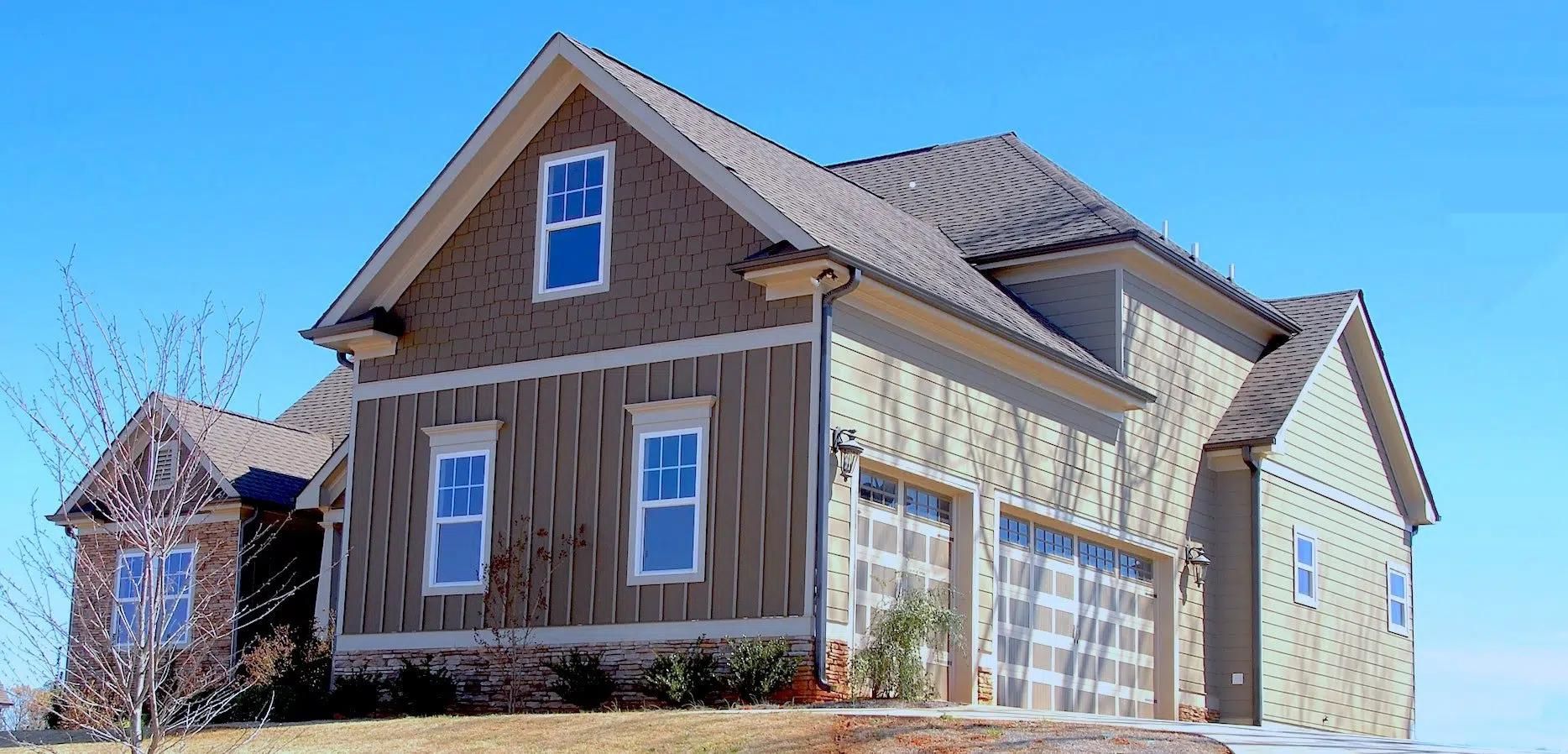
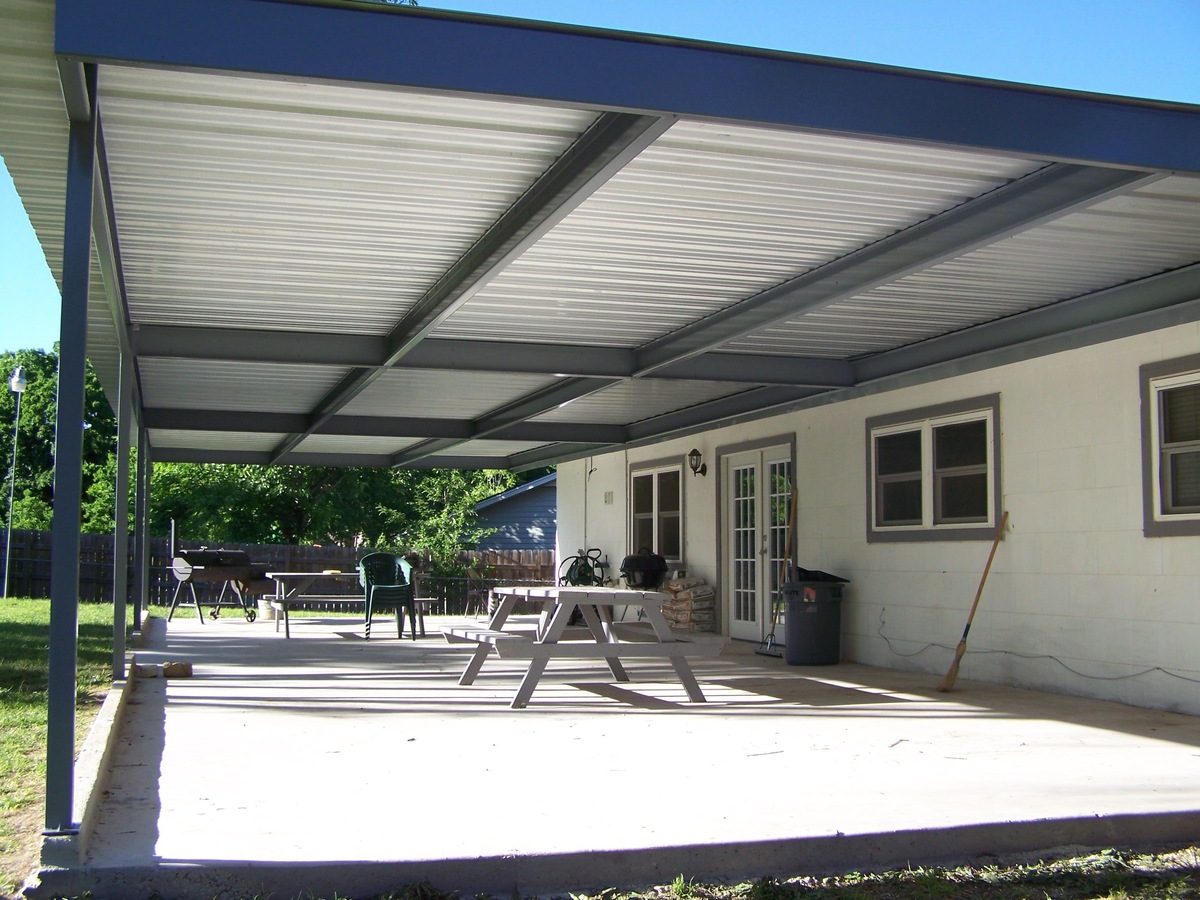
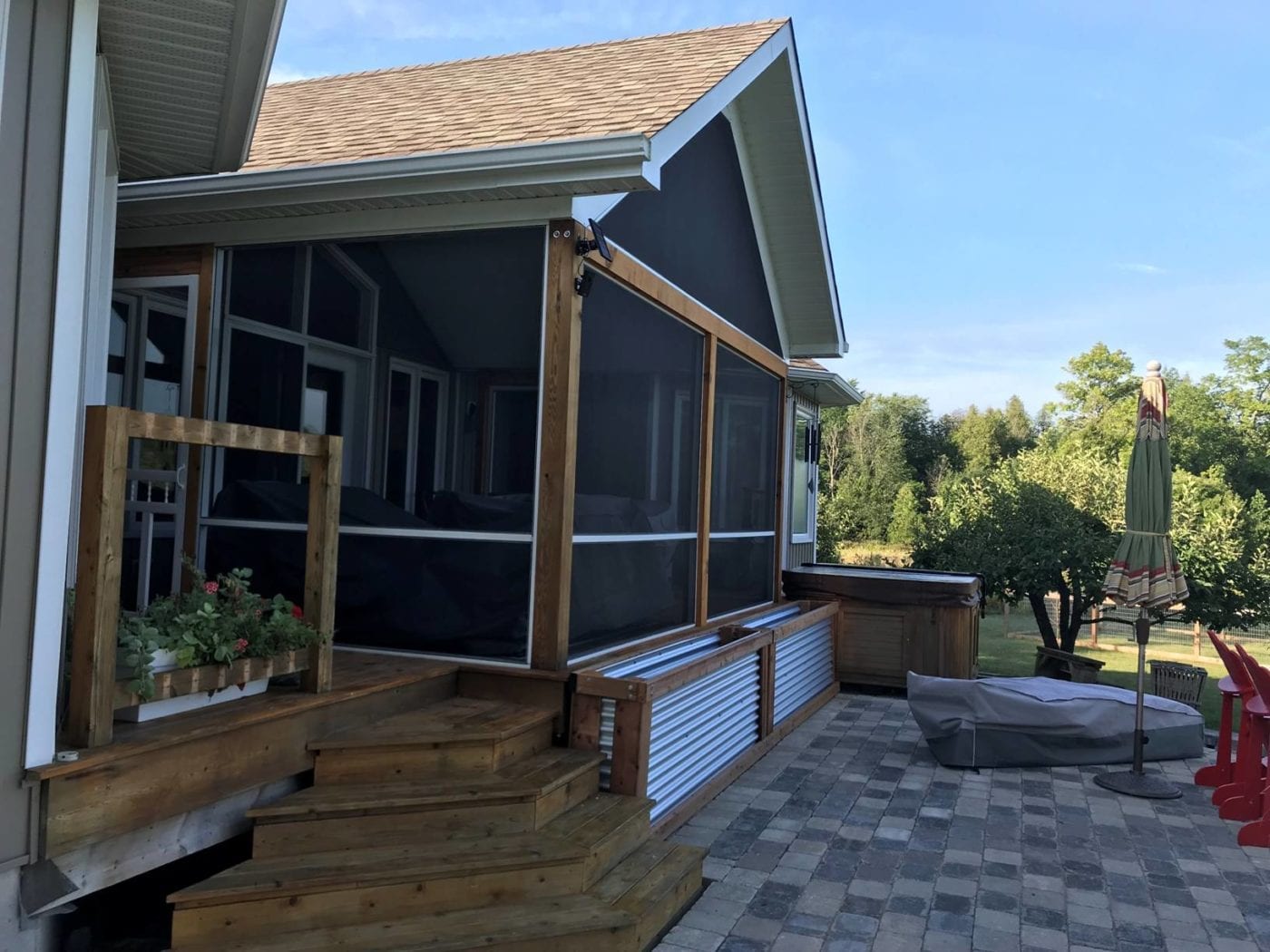
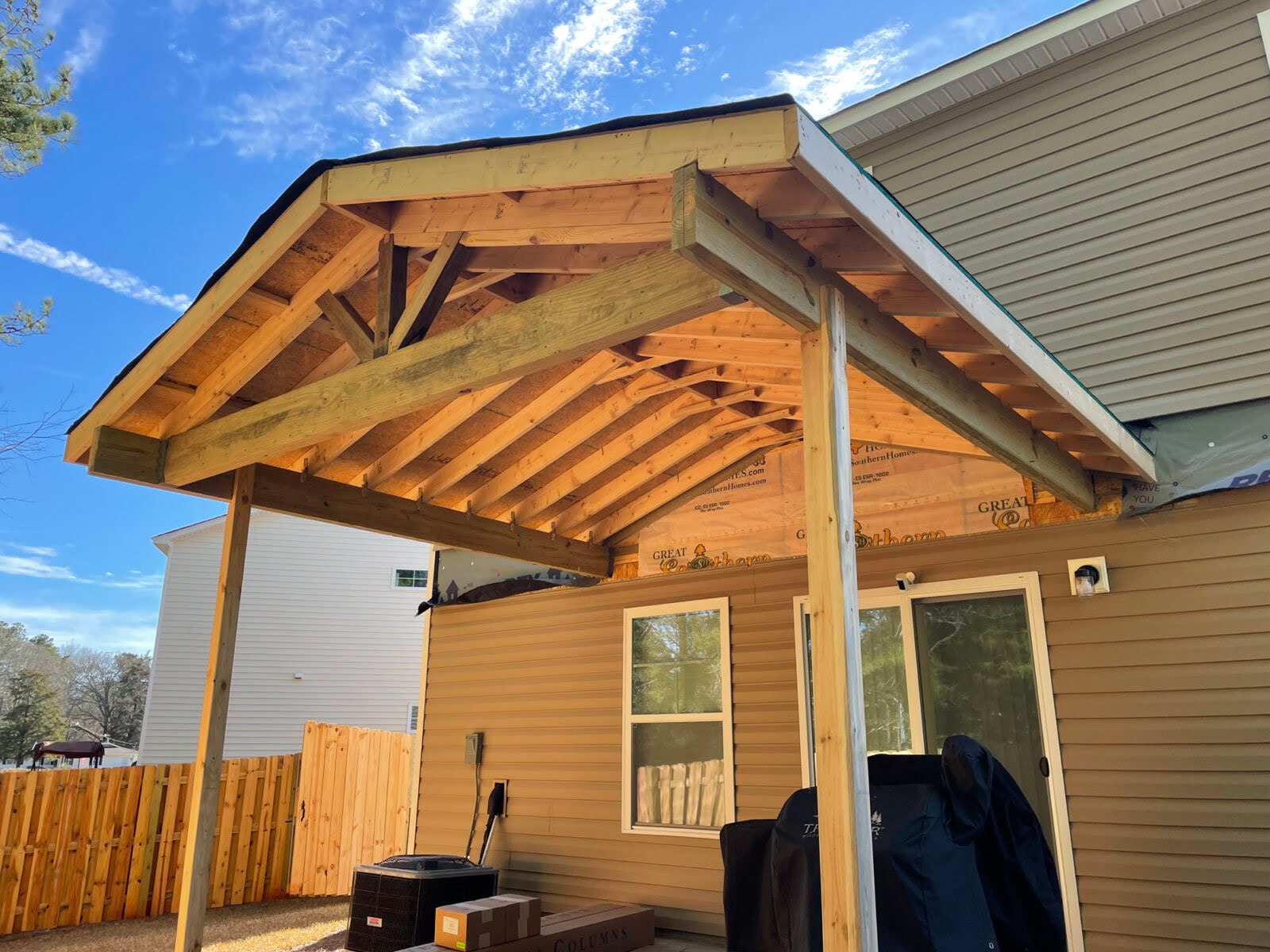
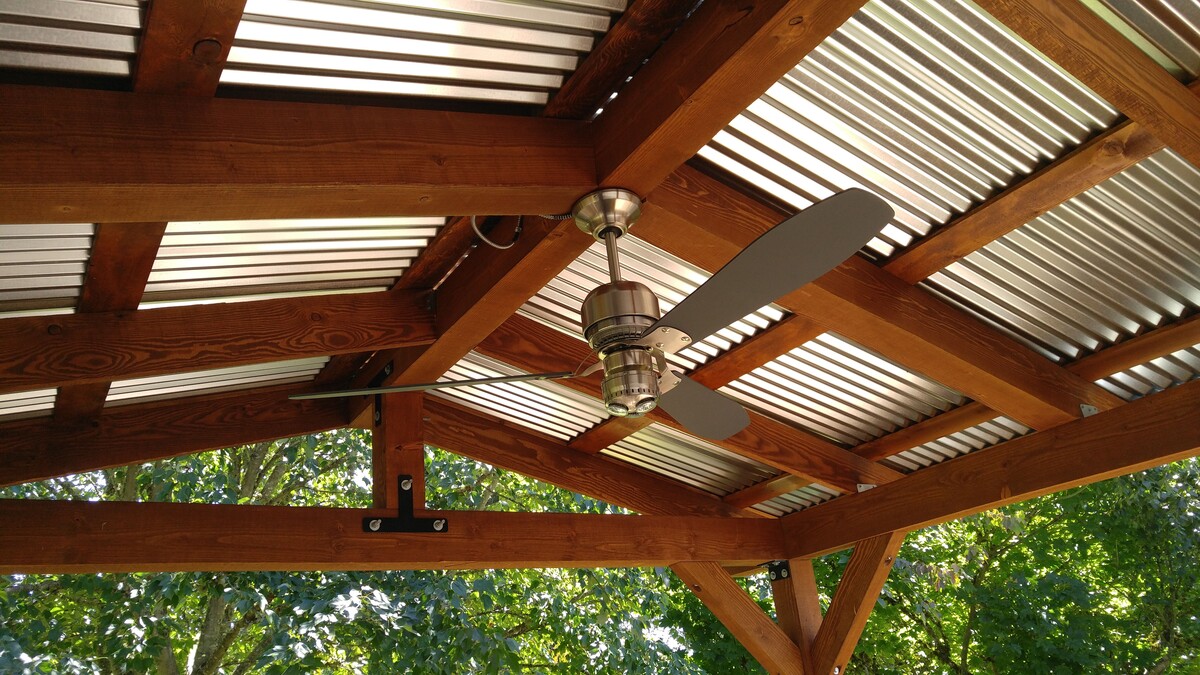
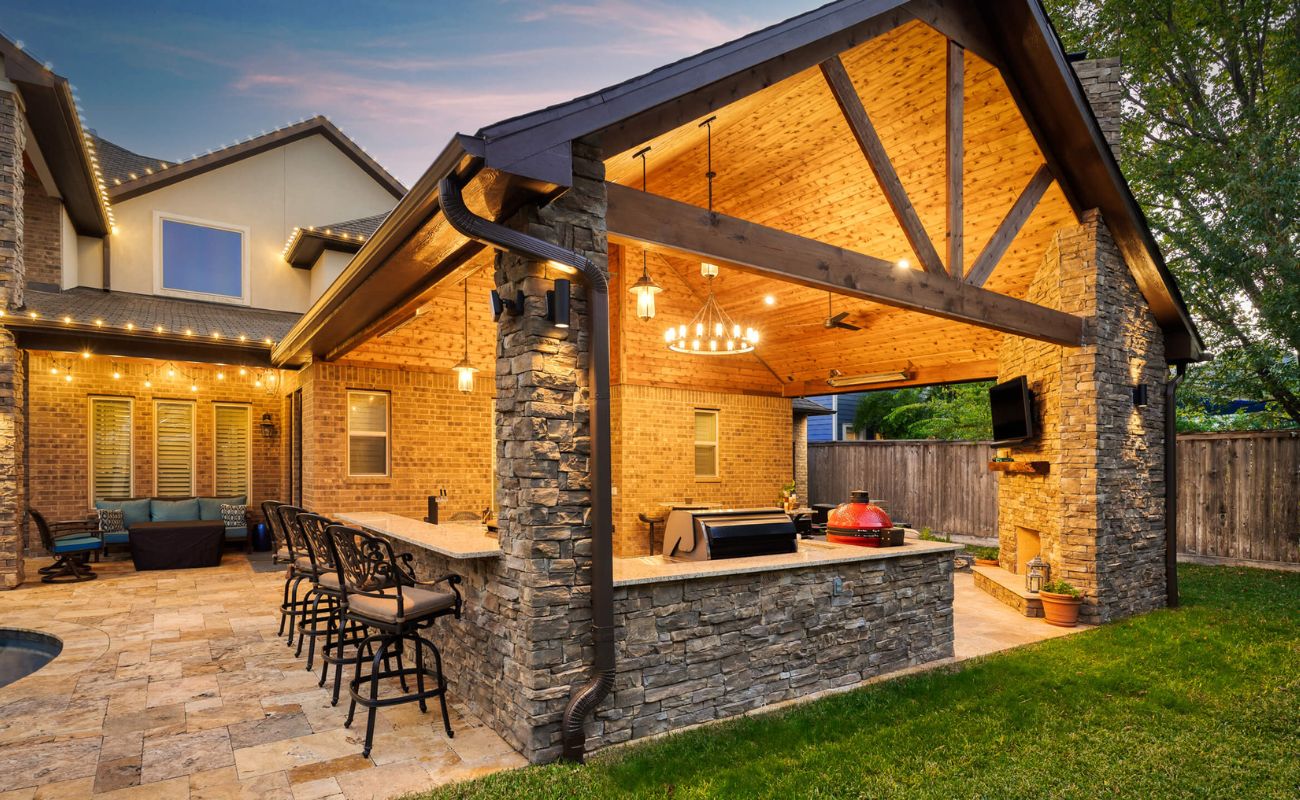
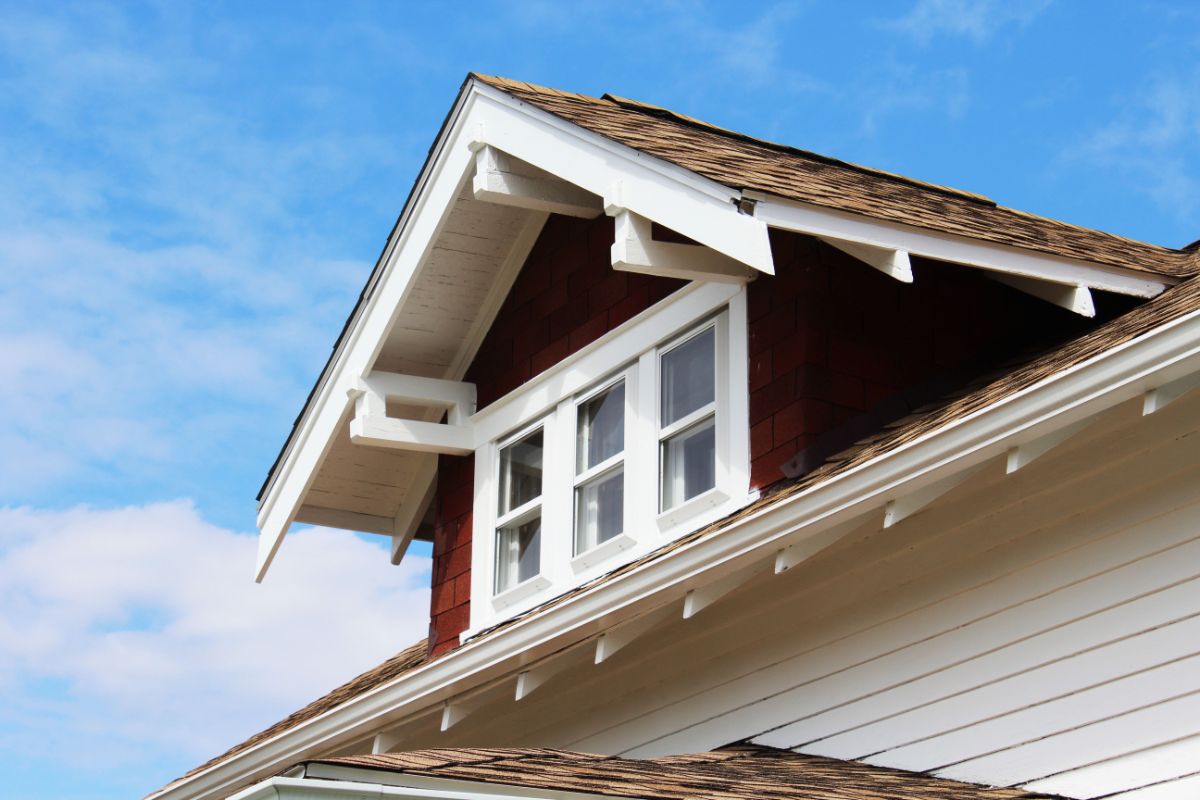
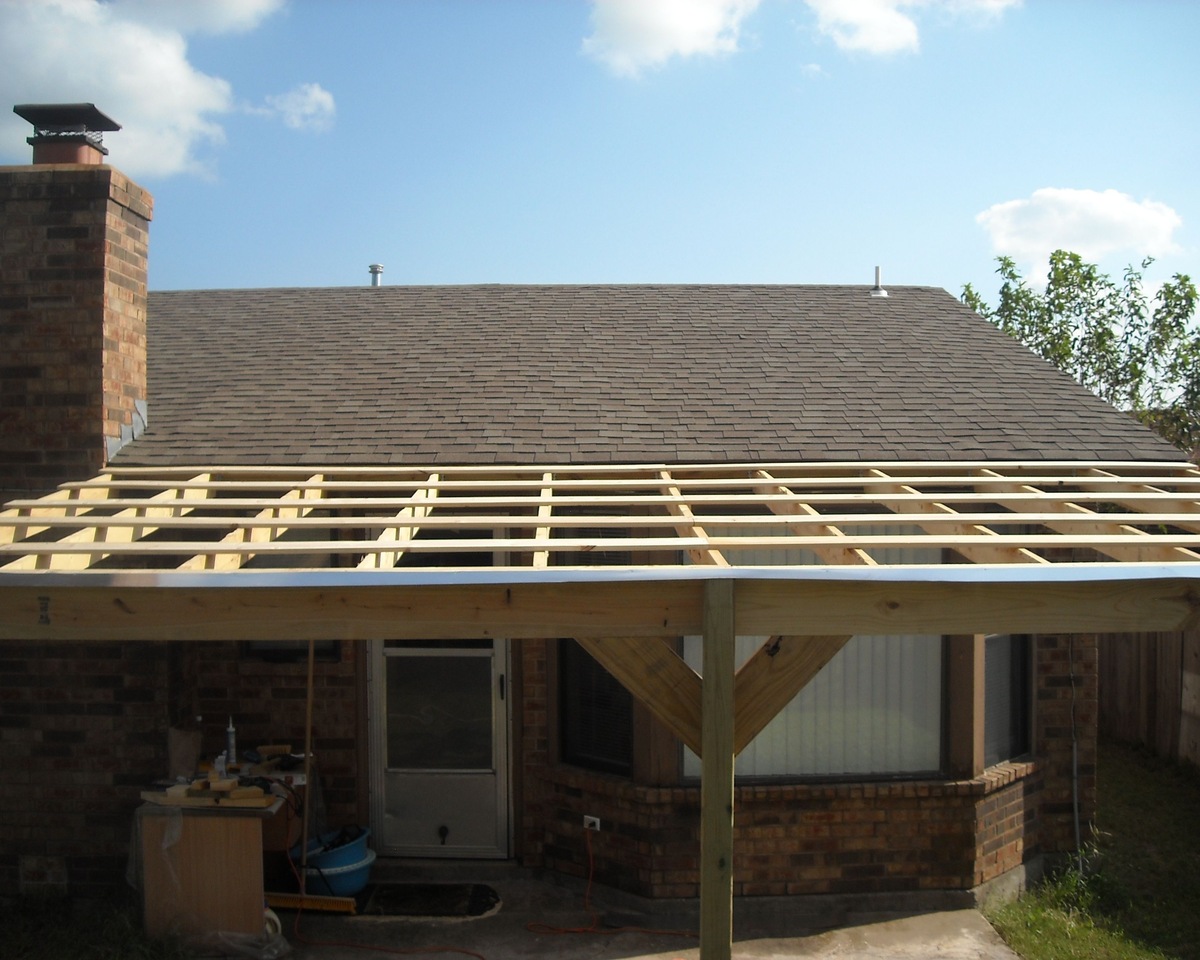
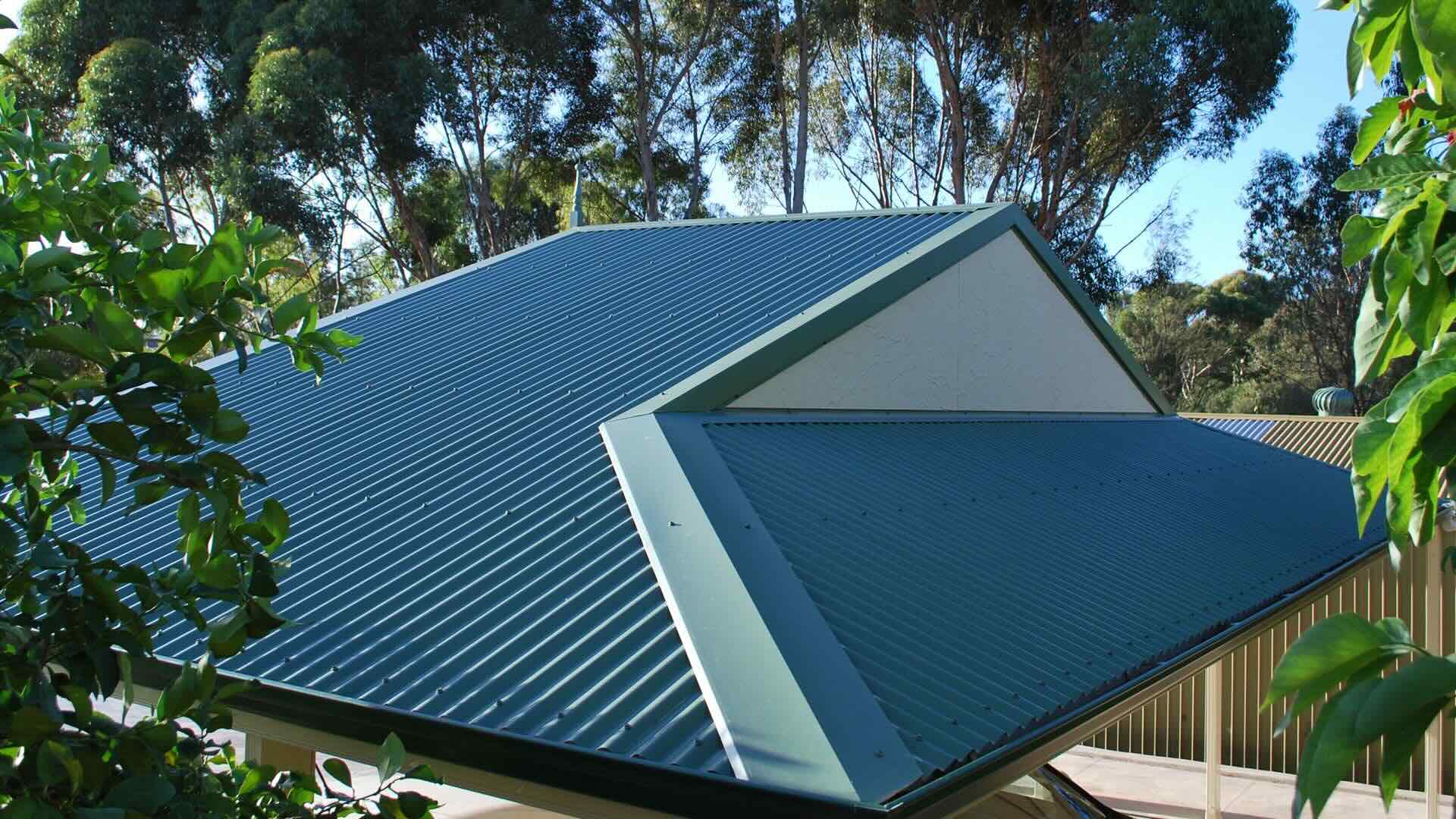
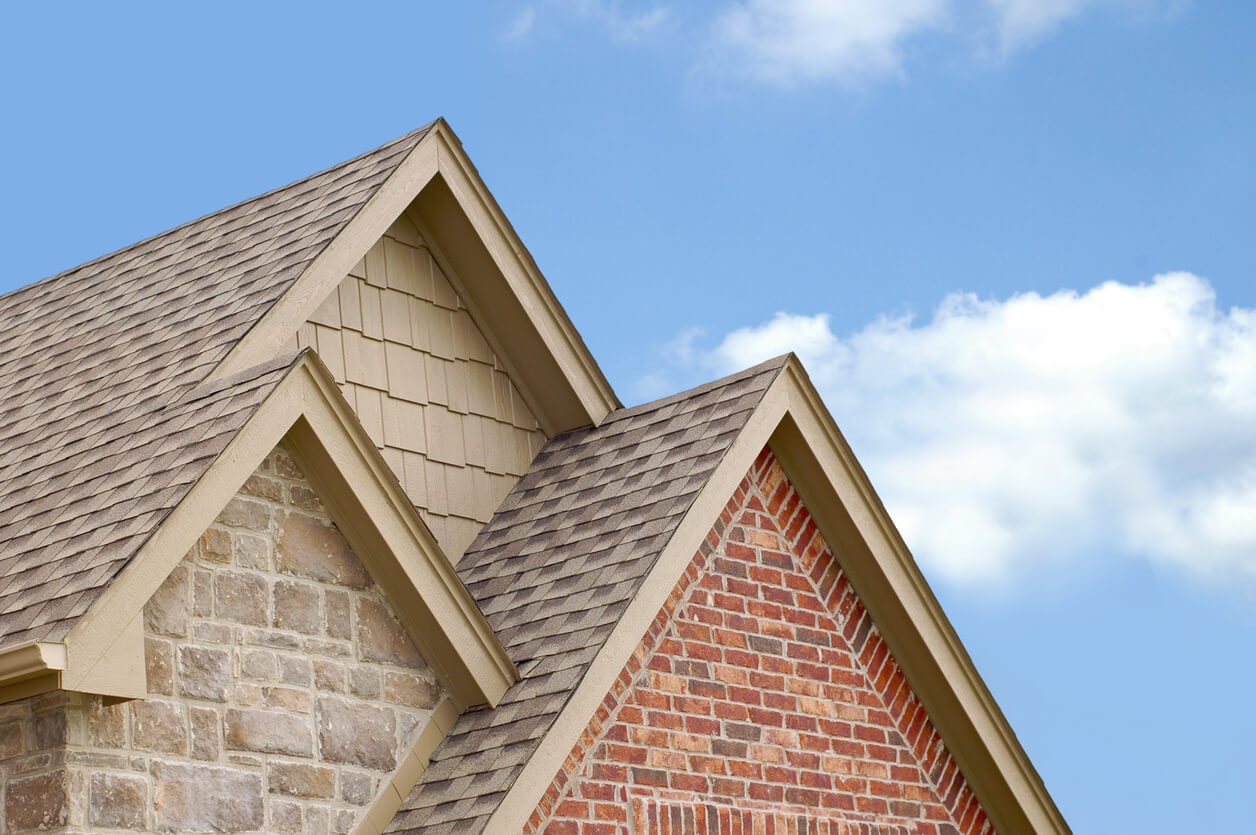
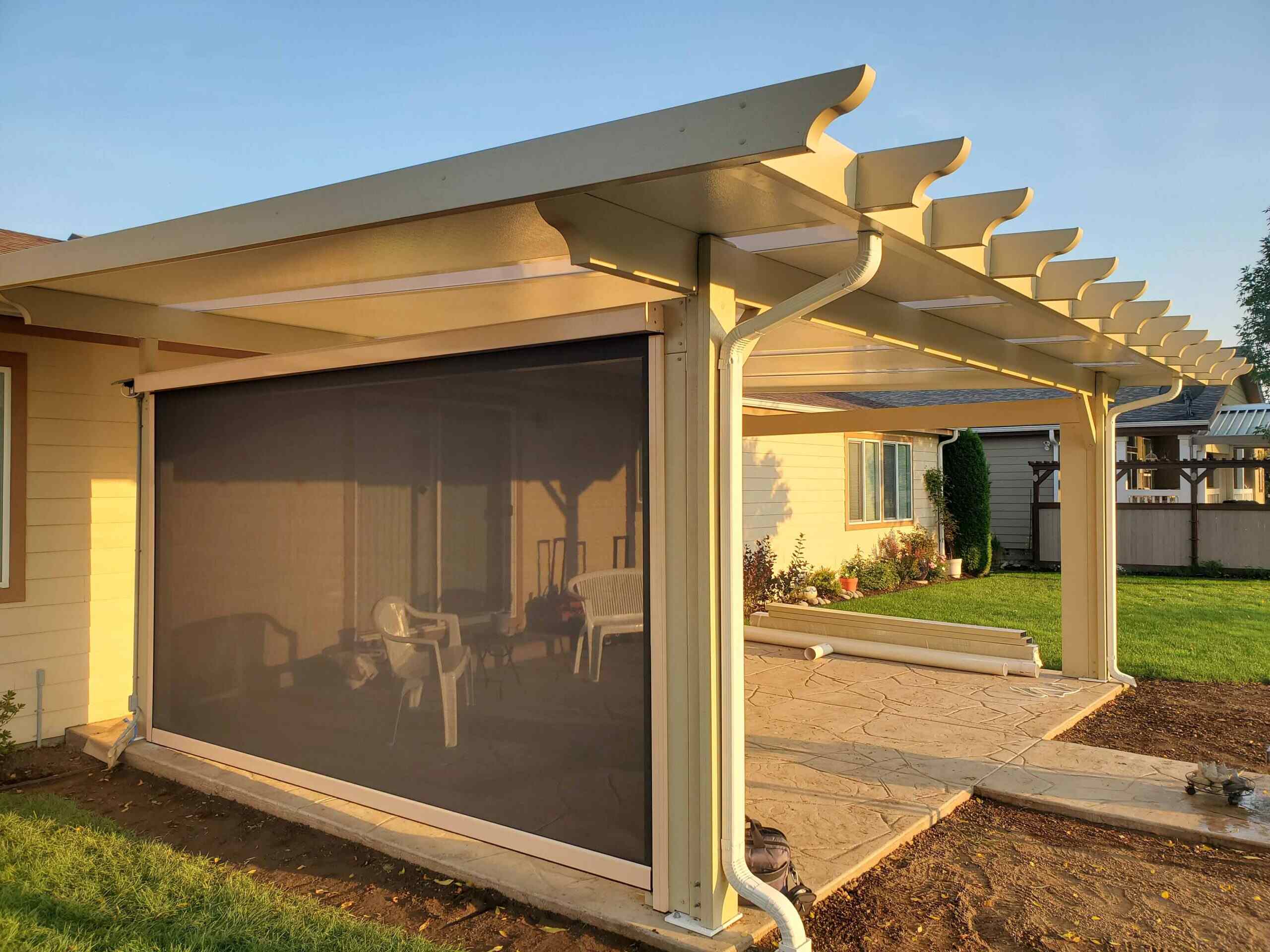
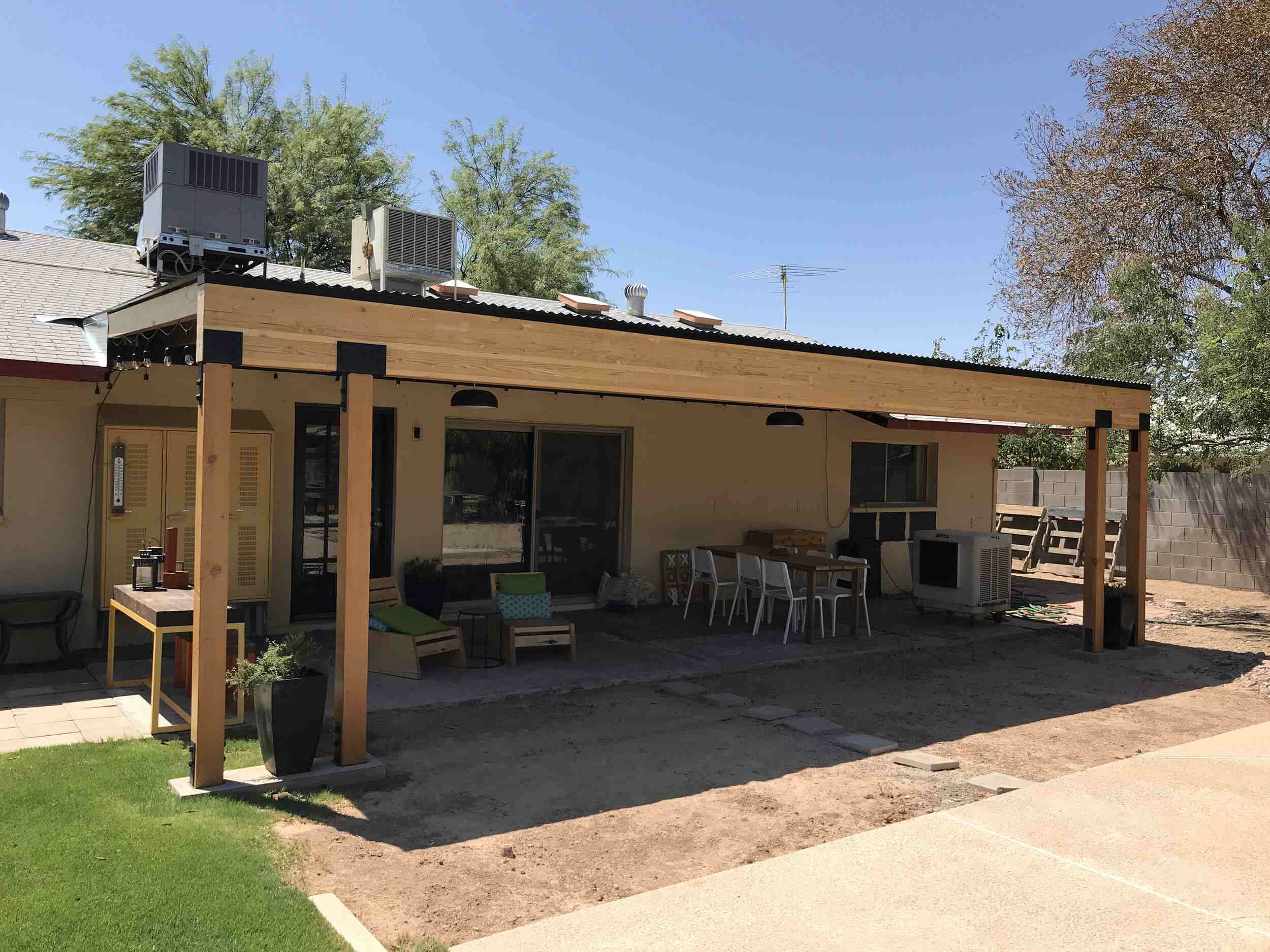
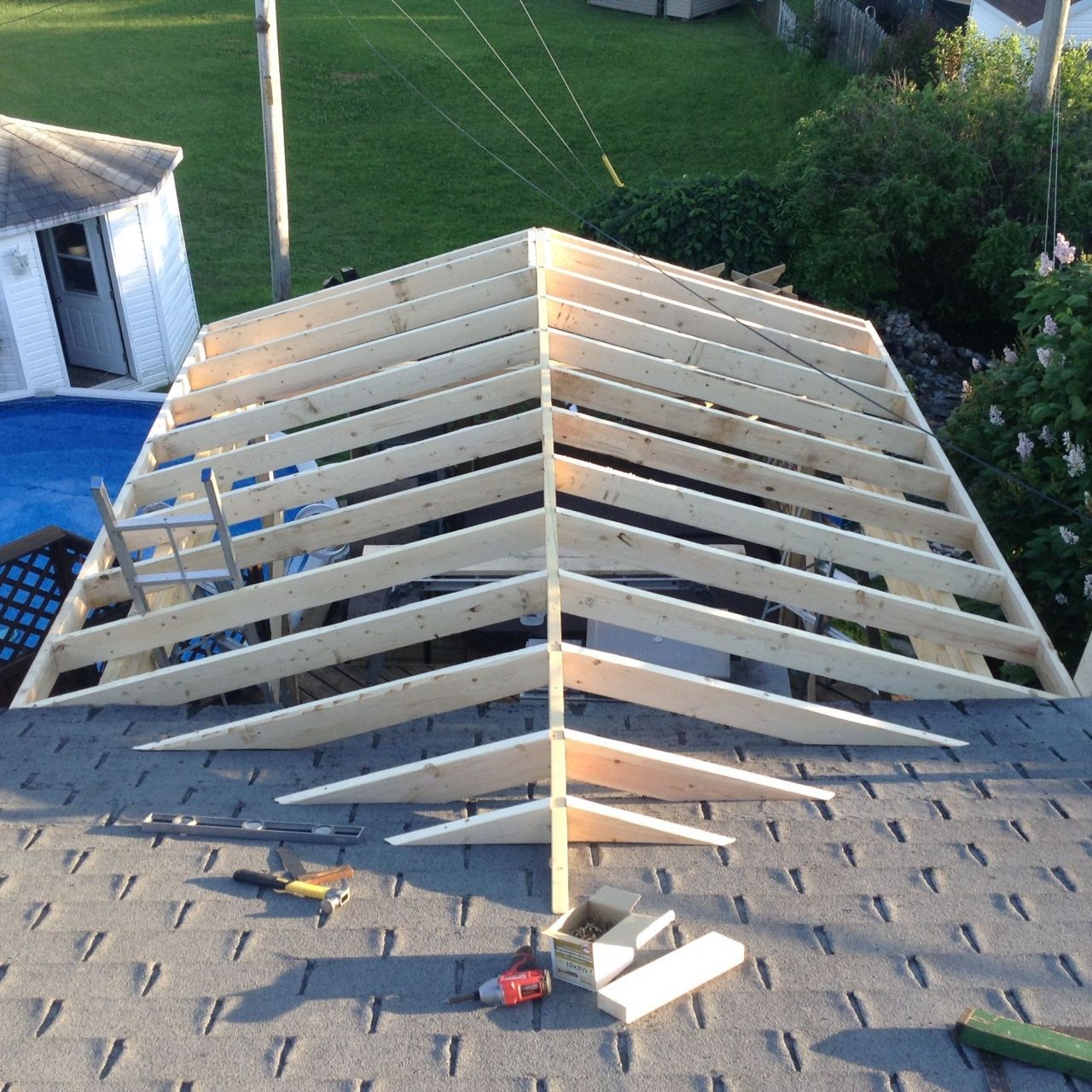
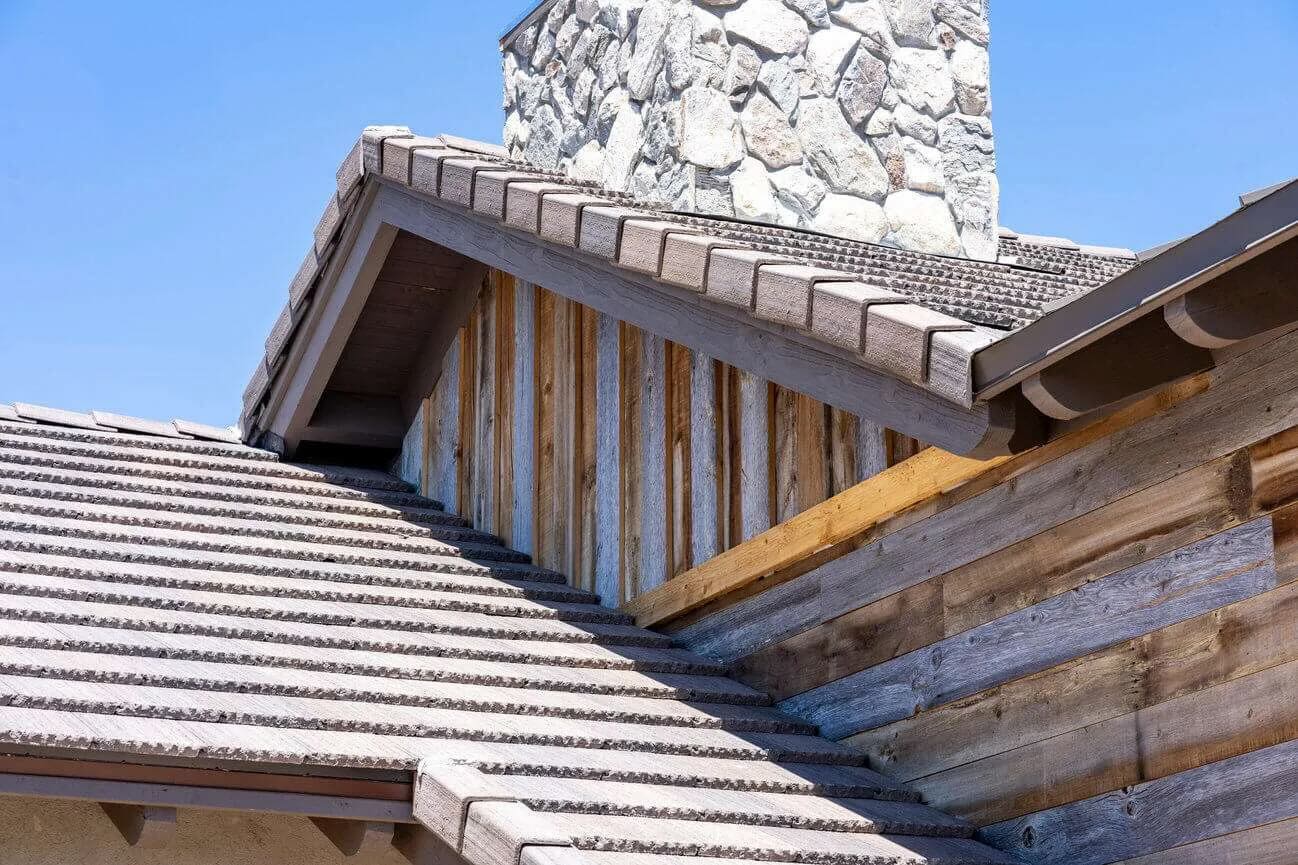

0 thoughts on “How To Build A Gable Roof Patio Cover”